2023 Annual Report of Microstructures
In 2023, with the invaluable assistance of the editorial team, authors, reviewers, participants in online seminars, and readers, Microstructures achieved a staged leap, garnering significant attention from professionals and scholars in relevant fields. Now, we will showcase Microstructures' achievements in 2023 through five distinct facets.
1. Indexing
Microstructure achieved a series of significant developments in the database in 2023: it joined the Chemical Abstracts Service (CAS) database on April 26th,2023. On November 27th, 2023, it was officially included in Scopus [Figure 1]. The inclusion of these important databases proves their professional recognition of Microstructures Journal. It is expected to enter ESCI in 2024 and aims to attain its inaugural impact factor in 2025, participating in journal rankings.

Figure 1. Logos of CAS and Scopus.
2. Publication
In 2023, Microstructures received a total of 109 submissions, publishing 46 articles across 4 issues [Figure 2] with 346 authors [Figure 3]. Among these were 15 reviews, 26 research articles, 2 commentaries, 1 technical note, and 2 perspectives. These articles span various research areas, including photocatalysis, batteries, thermal expansion, material characterization, energy storage media, 2D materials, ferroelectrics, piezoelectrics, nanomaterial design, and metal-organic frameworks. There were 46 corresponding authors, including Ruslan Z. Valiev from Ufa State Aviation Technical University, Dawei Wang from UNSW Sydney, Shujun Zhang from the University of Wollongong, Jiazhao Wang from the University of Wollongong, Qingwen Li from the Chinese Academy of Sciences, Ekhard Salje from the University of Cambridge, and Pingan Song from the University of Southern Queensland, all of whom wield significant influence in their respective fields.
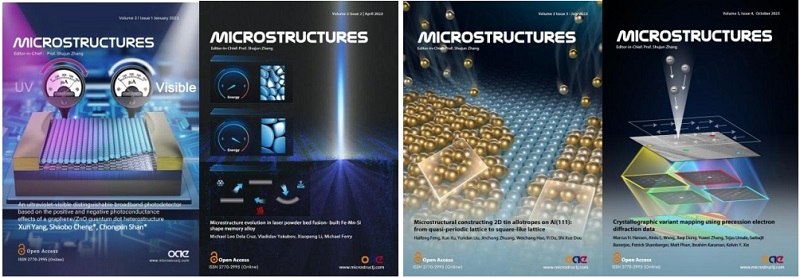
Figure 2. The journal published in 2023.
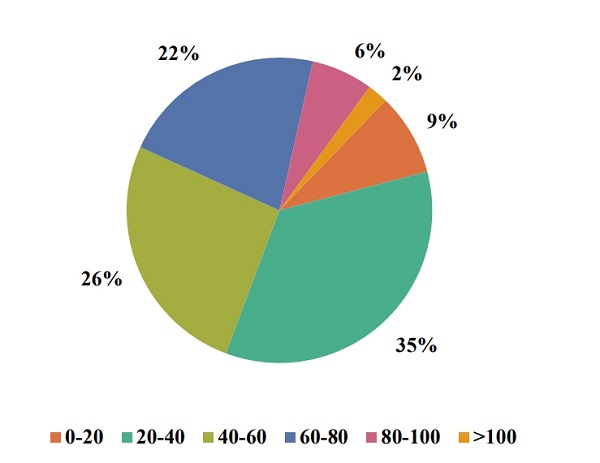
Figure 3. Distribution of H-Index of Corresponding Authors for Articles Published in 2023.
A total of 125 reviewers from 24 nations or regions [Figure 4] contributed significantly to the paper review process in 2023. The development of Microstructures was accelerated by their thorough analysis and constructive suggestions, which substantially raised the value of the publications they reviewed. These reviewers are especially appreciated by the editors of Microstructures for their kind contribution of time and energy.
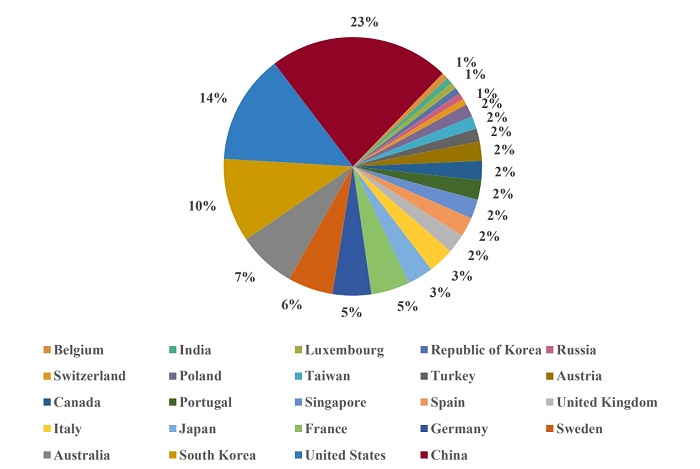
Figure 4. Distribution of Reviewers by Country/Region.
3. Editorial Board
In 2023, ten distinguished scholars joined the editorial board [Figure 5]: Professor Yida Deng from Hainan University, Professor Lin Gu from Tsinghua University, Professor Chunxia Zhao from the University of Adelaide, Professor Jiangyu Li from the Southern University of Science and Technology, Professor Rongkun Zheng from the University of Sydney, Professor Si Lan from Nanjing University of Science and Technology, Professor Dawei Wang from Harbin Institute of Technology, Professor Hsu-Sheng Yang from The Hong Kong Polytechnic University, Professor Sarina Sarina from the University of Sydney, and Professor Yang Cao from Nanjing University of Science and Technology. By the end of the year, the Microstructures editorial board comprised 70 members from 10 countries, including China, Australia, the United States, the United Kingdom, Italy, Germany, and Canada.
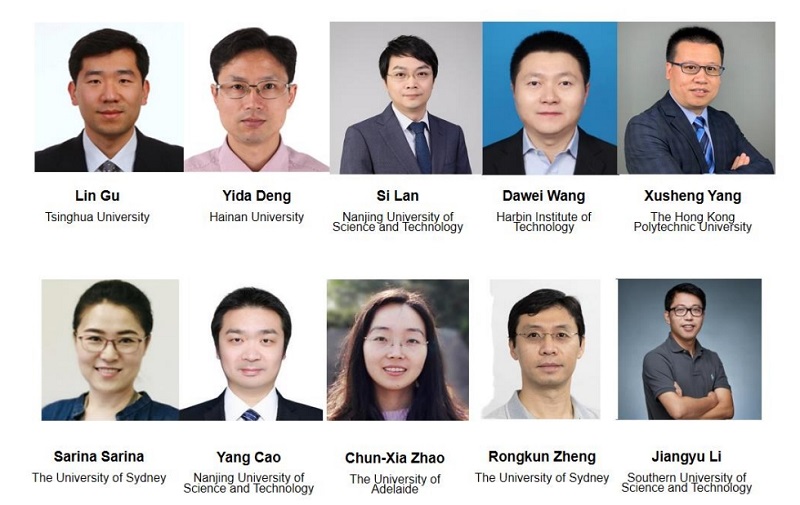
Figure 5. New members joining the editorial board in 2023.
On July 5, 2023, Microstructures held an online editorial board meeting to introduce and welcome new committee experts and to summarize the journal's development. The session focused on discussing the challenges the journal faces in its application to the ESCI database and the necessary directions for improvement. Each committee provided effective strategies and suggestions for the development of the journal.
4. Featured Content
Webinars:
In 2023, Microstructures successfully hosted four webinars online, attracting over 80,000 attendees from various platforms and receiving high acclaim from the academic community. We express our sincere gratitude to the esteemed webinar speakers, Professor Timon Rabczuk, Professor Chengtie Wu, Dr. Patrick Trimby, Prof. Zaiping Guo, and our distinguished hosts, Professor Shujun Zhang, Asst. Prof. Zibin Chen, and Prof. Shanqing Zhang [Figure 6]. Their substantial support and invaluable contributions have greatly enriched our event.
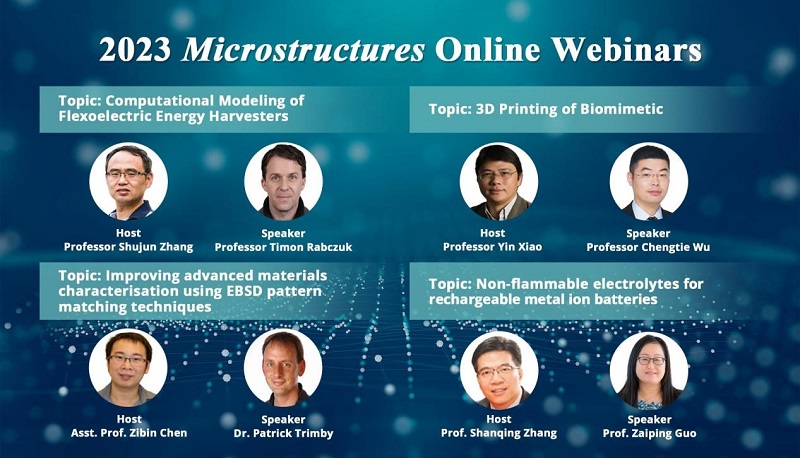
Figure 6. Detailed Information about the Microstructures Online Webinars.
Special Issues:
In 2023, Microstructures collaborated to organize 10 Special Issues with 23 scholars focusing on multiple hot research areas such as high-performance thermoelectric materials, single-atom catalysts, sustainable battery technology, etc., which enhanced the journal’s content and created a dynamic academic community. More importantly, these Special Issues served as a platform for sharing cutting-edge research and insights, fostering meaningful discussions in the field of microstructures [Figure 7].
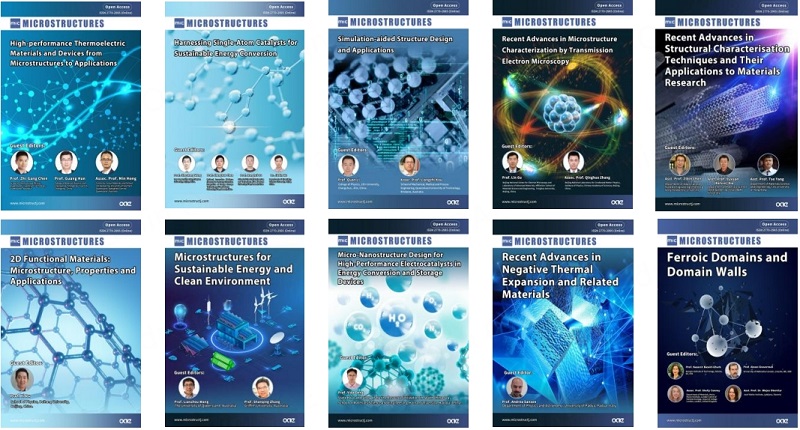
Figure 7. Covers of Special Issues.
5. Collaboration and Conference
In 2023, Microstructures Journal successfully partnered with three international conferences, including The International Conference on Materials Innovation 2023 (ICMI 2023) [Figure 8], The 4th International Symposium on Negative Thermal Expansion and Related Materials (ISNTE-4) [Figure 9], and the Conference on Advanced Materials and Quantum Science in Ningbo, which allows Microstructures to gain more exposure and, at the same time, receive more attention and support from scholars in the field.
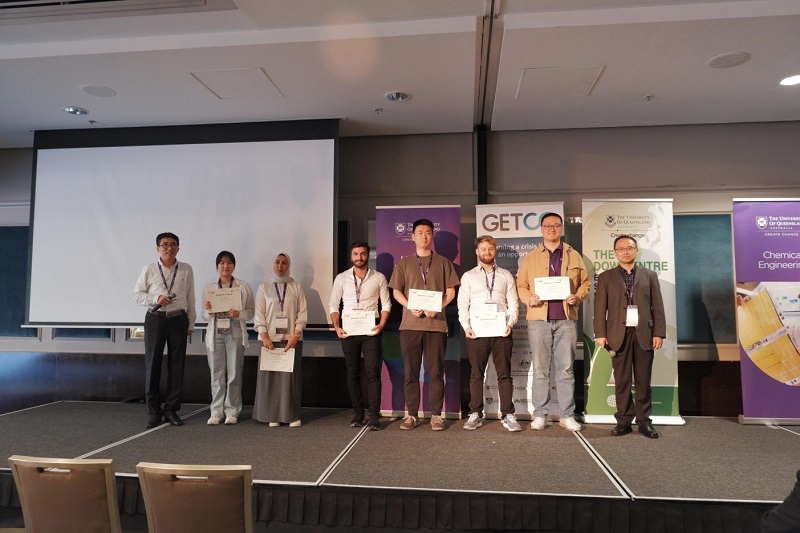
Figure 8. The International Conference on Materials Innovation 2023 (ICMI 2023)

Figure 9. The 4th International Symposium on Negative Thermal Expansion and Related Materials (ISNTE-4)
6. Citations
In 2023, scholars from 41 different countries and regions significantly cited the articles from Microstructures. The distribution of article citations, categorized by country/region, is illustrated in Figure 10. Table 1 presents a list of journals published by Microstructures with a citation h-index exceeding 10, along with the frequency of citations from each journal to Microstructures.

Figure 10. Distribution by countries/regions of citations.
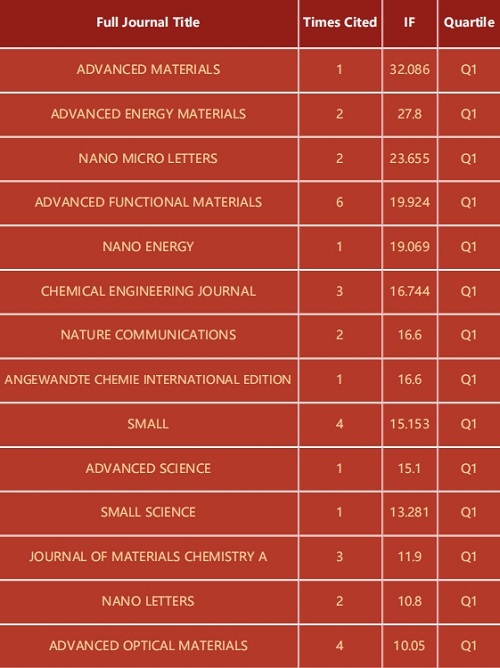
Table 1. Citing Journals of Microstructures in 2023(IF>10)
As the year concludes, Microstructures Journal reflects on a year of achievements and challenges. Its focus on material microstructures includes advanced materials science, technological characterization, and computational analysis. Collaborating with scholars worldwide, it has published numerous impactful research papers, gaining international recognition. Thanks to all contributors for their remarkable efforts, and our editorial team and reviewers for their expertise and commitment. Looking ahead, Microstructures Journal aims for further development, anticipating breakthroughs in the field of microstructures in materials science and engineering.
Editor: Yanlin Huang, Qin Hao
Language Editor: Emma Chen
Production Editor: Yan Zhang
Respectfully submitted by the Editorial Office of Microstructures





